Chemical Reactions Unleashed: Exploring Class 12 Practical Applications
Chemical reactions are at the heart of many processes that sustain life, enable industries, and advance scientific research. The study of these reactions, especially at the Class 12 educational level, lays a foundational understanding that students can build upon in their future studies and careers. In this article, we will explore various practical applications of chemical reactions covered in Class 12, demonstrating their significance in real-world contexts.
1. Introduction to Chemical Reactions
Chemical reactions involve the transformation of substances, known as reactants, into new substances called products. These reactions are essential to all areas of chemistry and have numerous applications in everyday life. Understanding chemical reactions allows students to grasp the principles behind critical concepts, from the basic laws of conservation of mass to advanced concepts in organic and inorganic chemistry.
2. Types of Chemical Reactions
Class 12 chemistry often covers various types of chemical reactions, including:
2.1. Combination Reactions
In combination reactions, two or more substances combine to form a single product. For example:
[ A + B \rightarrow AB ]Practical Application: Synthesis of Water
The synthesis of water from hydrogen and oxygen is a classic example:
[ 2H_2 + O_2 \rightarrow 2H_2O ]Understanding this reaction is fundamental to studying combustion and energy production methods.
2.2. Decomposition Reactions
Decomposition reactions involve a single compound breaking down into two or more simpler products.
Practical Application: Electrolysis of Water
The electrolysis of water provides a practical illustration:
[ 2H_2O \rightarrow 2H_2 + O_2 ]This reaction is pivotal in hydrogen production, which is increasingly important as a clean energy source.
2.3. Single Replacement Reactions
Single replacement reactions involve an element replacing another in a compound.
Practical Application: Metal Displacement Reactions
These reactions are common in metallurgy. For instance, when zinc is placed in copper sulfate:
[ Zn + CuSO_4 \rightarrow ZnSO_4 + Cu ]This principle is utilized in extracting metals from ores.
2.4. Double Replacement Reactions
Double replacement reactions occur when the ions of two compounds exchange places.
Practical Application: Precipitation Reactions
One popular example is when mixing solutions of silver nitrate and sodium chloride:
[ AgNO_3 + NaCl \rightarrow AgCl (s) + NaNO_3 ]This reaction is used in qualitative analysis to detect chloride ions through the formation of a precipitate.
2.5. Combustion Reactions
Combustion reactions involve the rapid combination of a substance with oxygen to produce heat and light.
Practical Application: Energy Production
The combustion of hydrocarbons is fundamental for energy generation. For example, the combustion of methane can be expressed as:
[ CH_4 + 2O_2 \rightarrow CO_2 + 2H_2O ]This reaction powers many of our vehicles and heating systems.
3. Laboratory Techniques in Chemical Reactions
Understanding chemical reactions is not only theoretical but also practical. Class 12 students often engage in laboratory experiments that reinforce their learning.
3.1. Titration
Titration is a quantitative analytical method used to determine the concentration of a known reactant.
Practical Application: Determining Acidity in Solutions
In a titration experiment, students can determine the acidity of various solutions using sodium hydroxide (NaOH) against hydrochloric acid (HCl). The reaction is:
[ NaOH + HCl \rightarrow NaCl + H_2O ]This method is vital in industries where pH is critical, such as food production and waste treatment.
3.2. Chromatography
Chromatography techniques separate mixtures into their individual components.
Practical Application: Analyzing Dyes
Students can use paper chromatography to analyze the pigments in inks. This method allows for the investigation of purity and identification of substances.
3.3. Spectroscopy
Spectroscopy involves the study of the interaction between matter and electromagnetic radiation.
Practical Application: Identifying Compounds
Infrared (IR) spectroscopy can help identify functional groups in organic compounds, providing insight into their structure and properties.
4. Real-World Applications of Chemical Reactions
4.1. Pharmaceuticals
The pharmaceutical industry relies heavily on chemical reactions to develop and manufacture drugs.
Practical Application: Synthesis of Aspirin
The synthesis of aspirin (acetylsalicylic acid) is a classic example taught in many chemistry courses:
[ Salicylic \, Acid + Acetic \, Anhydride \rightarrow Aspirin + Acetic \, Acid ]This demonstrates the crucial role of organic synthesis in drug development.
4.2. Agriculture
Chemical reactions are critical in producing fertilizers and pesticides.
Practical Application: Haber Process
The Haber process synthesizes ammonia, a key ingredient in fertilizers:
[ N_2 + 3H_2 \rightarrow 2NH_3 ]Understanding this reaction is vital for students pursuing agricultural sciences.
4.3. Environmental Chemistry
Chemical reactions also play a role in addressing environmental issues.
Practical Application: Water Treatment
In treating wastewater, various chemical reactions help remove contaminants. Chlorination is a common method where chlorine reacts with water to produce hypochlorous acid, which disinfects the water.
4.4. Material Science
Chemical reactions are integral to developing new materials.
Practical Application: Polymerization
The production of polymers through addition or condensation reactions leads to various synthetic materials such as plastics.
5. Conclusion
The exploration of chemical reactions in Class 12 gives students a comprehensive foundation to understand the world around them. By linking theoretical knowledge with practical applications, students can see the relevance and importance of chemistry in various fields. These foundational concepts not only support their current studies but also empower them to pursue advanced topics in chemistry, biology, engineering, and environmental science.
Through hands-on laboratory experiments, students learn essential techniques that can be applied in various industries, from pharmaceuticals to environmental conservation. As we move forward in this rapidly changing world, understanding chemical reactions will remain a critical component of scientific literacy, enabling future generations to innovate and solve complex problems.
References
- Chang, R. (2007). Chemistry. McGraw-Hill Education.
- Atkins, P. W., & de Paula, J. (2010). Physical Chemistry. Oxford University Press.
- Zumdahl, S. S., & Zumdahl, S. A. (2013). Chemistry. Cengage Learning.
- Housecroft, C. E., & Constable, E. C. (2015). Chemistry. Pearson Education.
- Dobbins, R. G. (2012). Introduction to Chemical Engineering. Wiley.
- Mahan, B. H. (2000). University Chemistry. Addison-Wesley.
This article provides a glimpse into the extensive applications of chemical reactions in education and industry, stressing their importance in scientific inquiry and societal advancement.

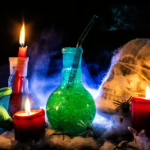














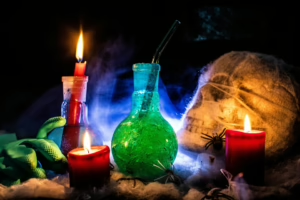
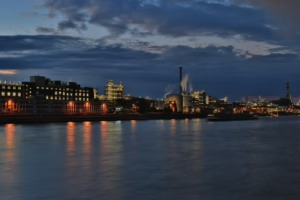
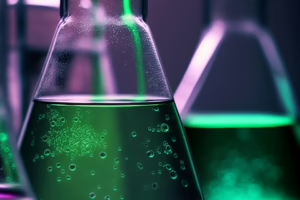
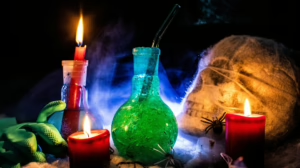
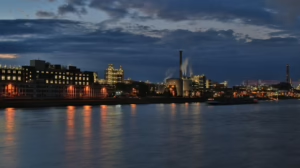
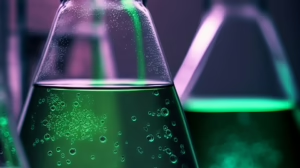




Add Comment